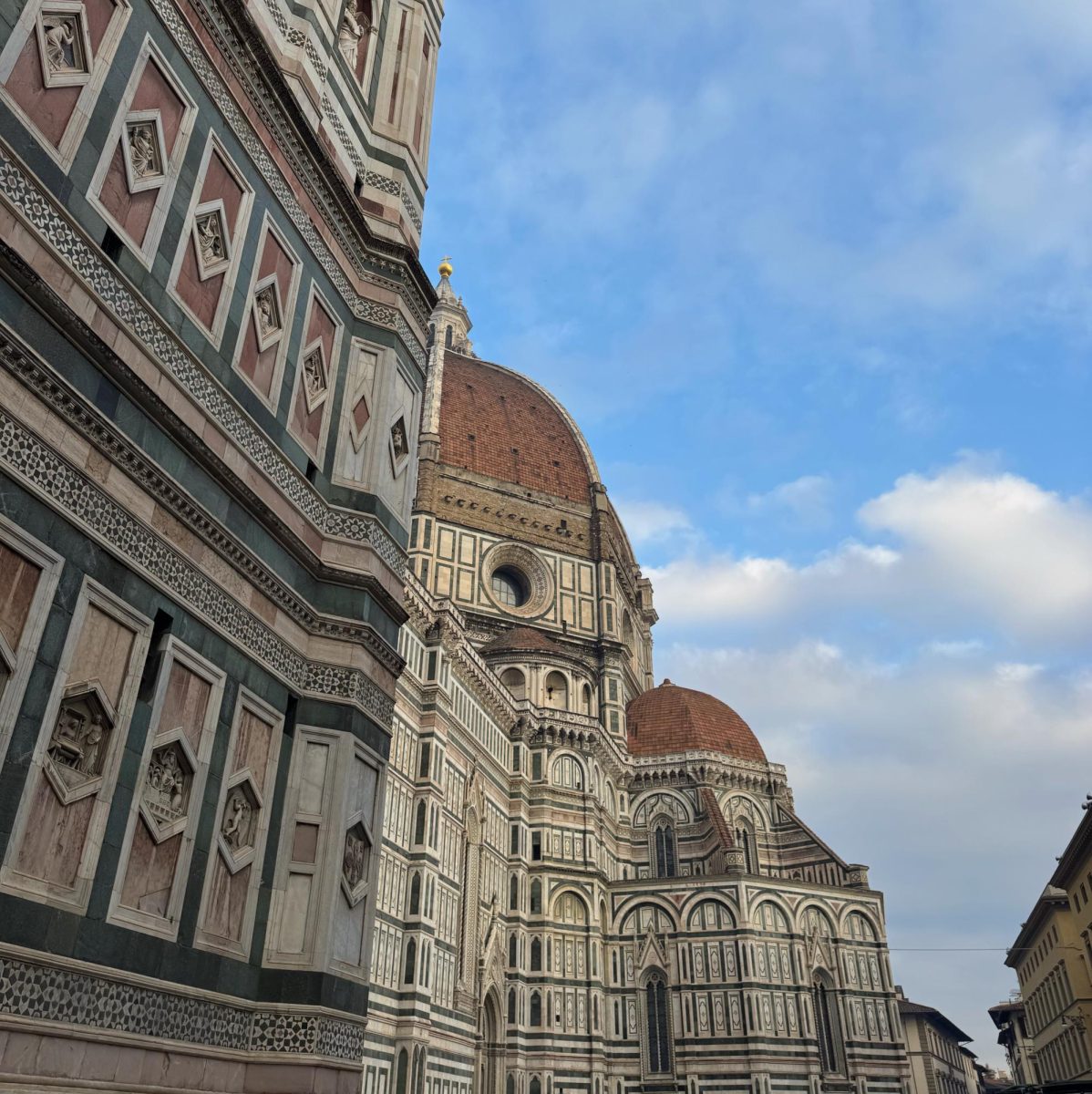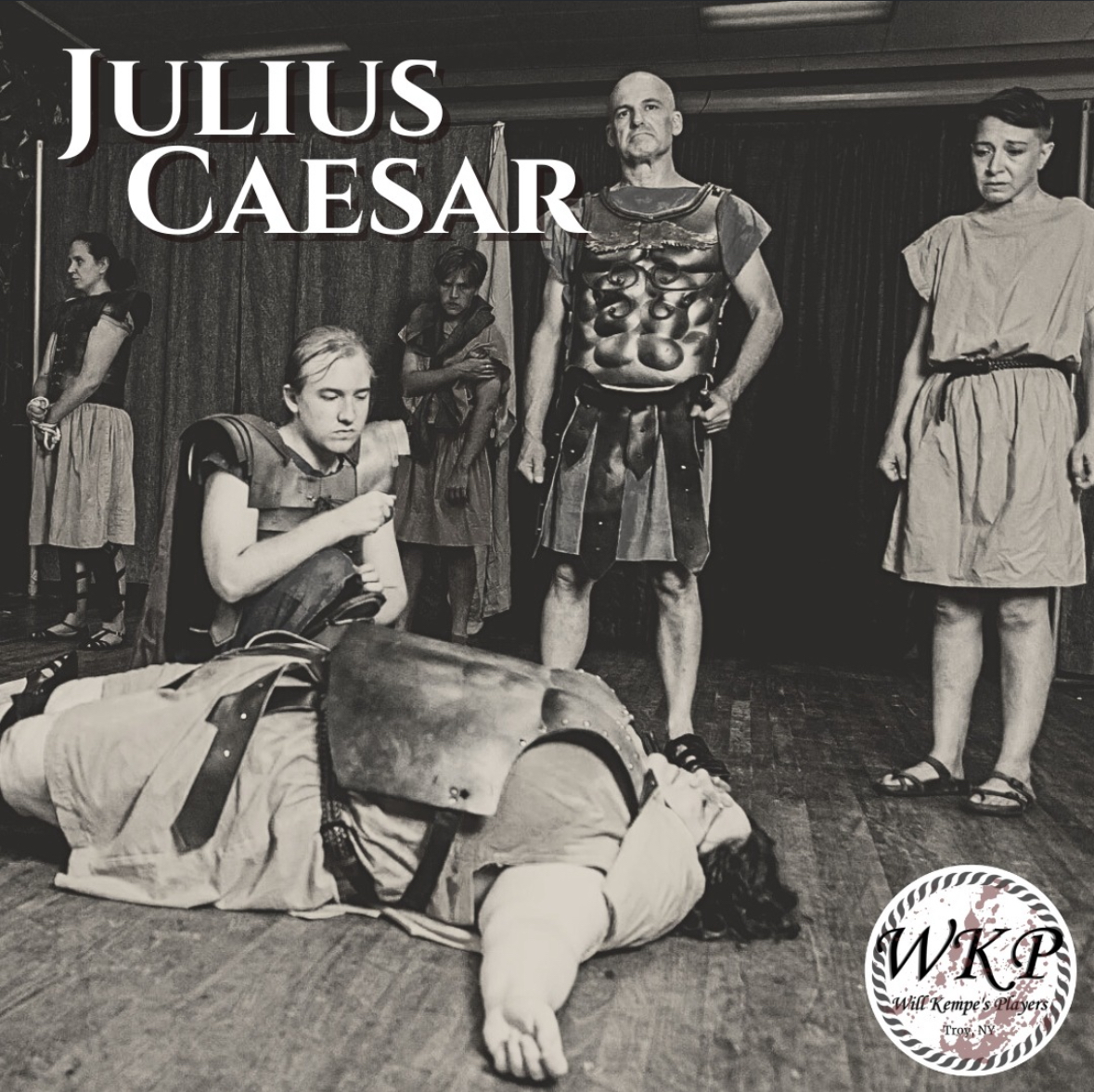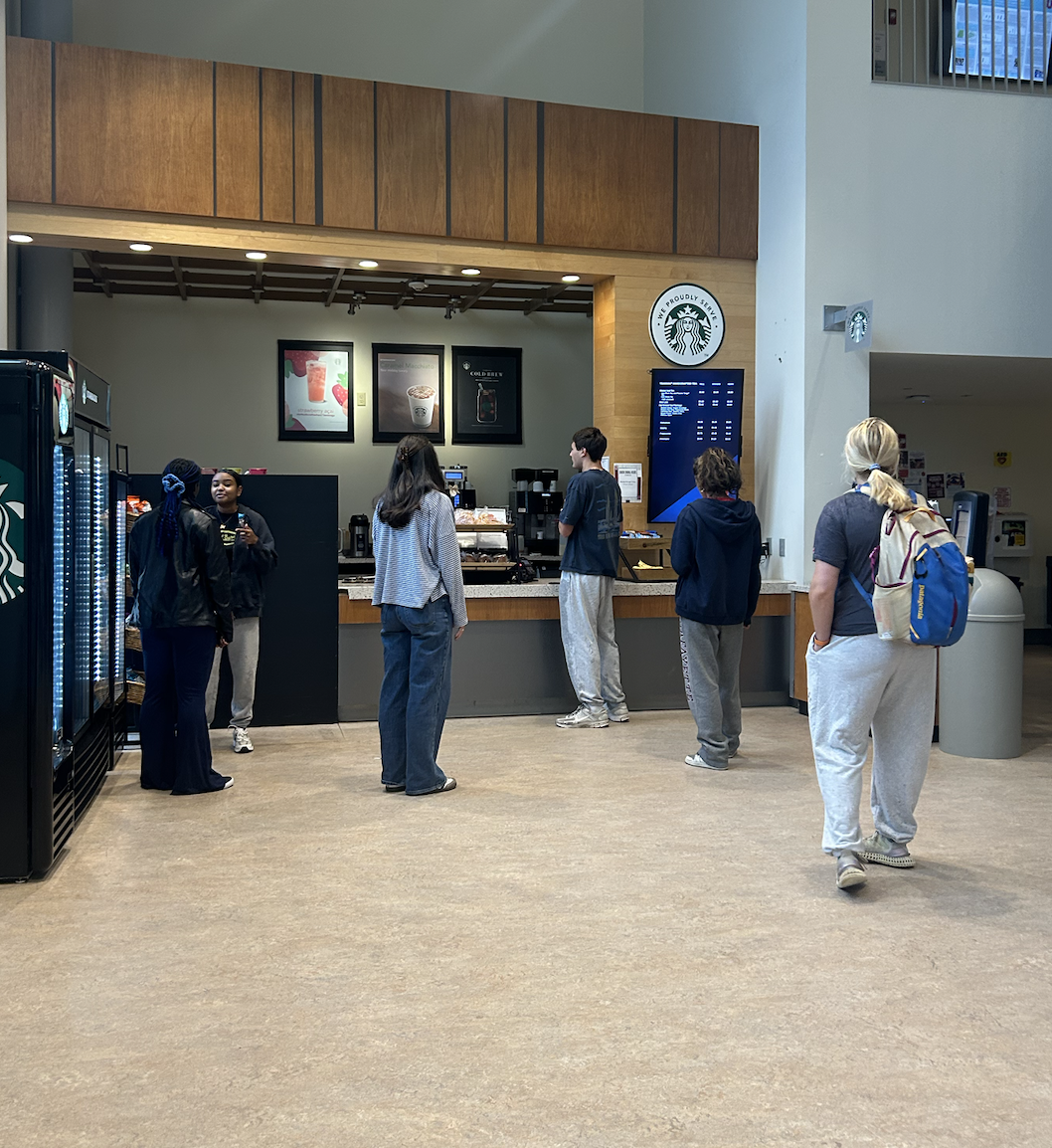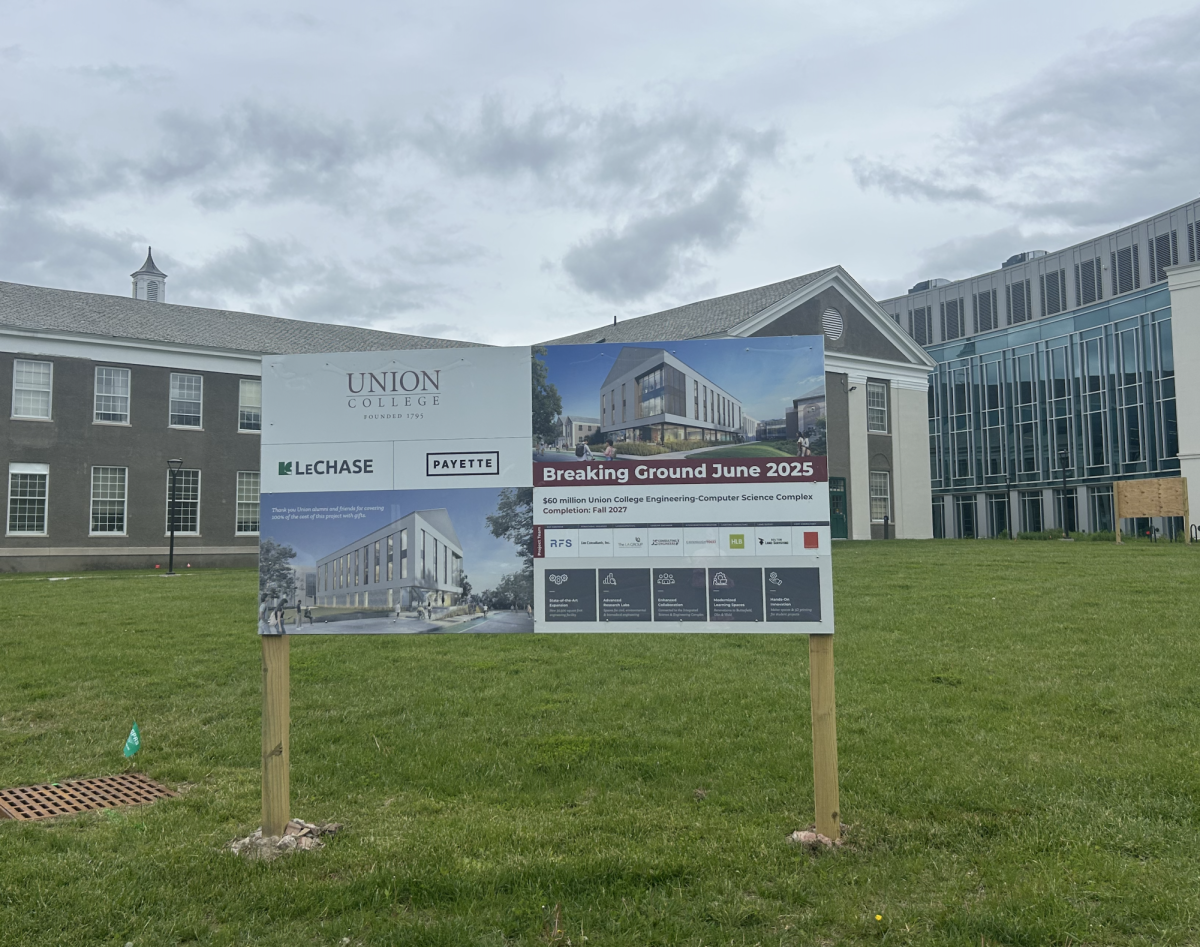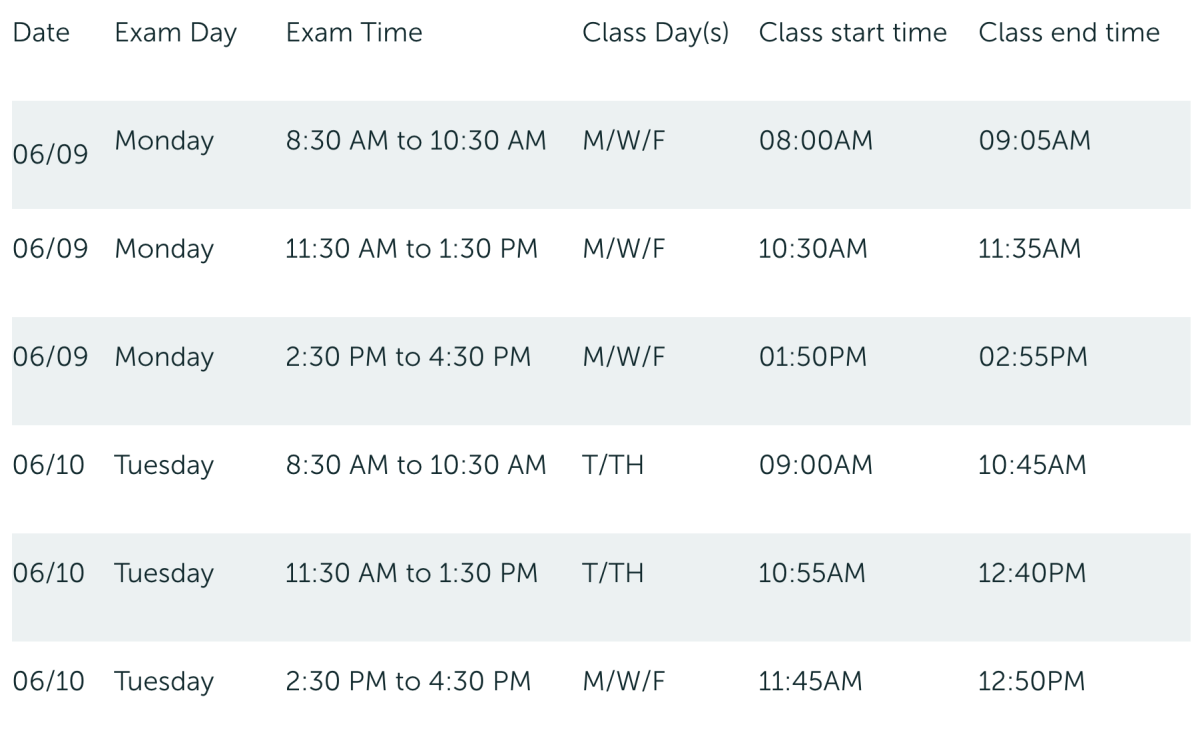What exactly propelled me to study abroad in Italy? I can’t quite remember. Perhaps it was the convenience—my preferred program aligned with the only available term. Maybe it was my interest in learning a new language and a glimmering fascination with drawing. Nonetheless, after spending ten weeks here, the expectation I initially had for this endeavor only resembles a small fraction of the value I now attribute to this experience. After all, there is nothing like Italy.
Florence possesses a rare combination of antiquity, history, and youthful vibrancy that other cities envy. Even quotidian practices– like walking as a primary form of transportation– are nothing short of an experience. The city is ornamented with cobblestone corridors that invite pedestrians to walk almost everywhere. Needless to say, should you ever find yourself in Florence, prepare for lots of walking.
Oddly enough, my favorite part of being in Italy may have been the sheer amount of walking, not only as a form of moderate exercise, but as a way to optimize time and immerse myself in culture. For instance, if you exit a local pizza spot adjacent to your school building, you might pass the Basilica di Santo Spirito, home to a young Michelangelo’s early marvel. Such accessibility to the Renaissance arts is not a concept I entirely appreciated until about halfway through my time in Italy when my class took a trip to Assisi, a small hill town in the Italian region of Umbria.
To preface, I attribute my expanded awareness largely to Professor Laini Nemett. She tactically dilutes her nuanced understanding of pieces we encountered to provide us with a comprehensive, but novice-level, knowledge of the ingenuity in the art we encountered.
Nemett deduced what makes Renaissance artists so acclaimed, whereas prior, most early art was indiscernible to me. These early artists’ resources were limited, and so the visual principles that we take advantage of today (like atmospheric perspective or light theory) were a language they invented themselves. How mindblowing that must have been for spectators to witness the first replications of real life. Realizing that humans can replicate the world with their hands is a technical advancement equivalent to today’s reconstructive surgery.
One particularly impactful experience that Laini shared with us was the opportunity to visit the home of painters Alan Feltus and Lani Irwin, two painters who, in the late eighties, forsook their lives in the States to pursue an Italian lifestyle in Assisi. It is at their home where I truly comprehend the language of art itself. Much like language, art has its rules.
However, it deviates in two critical ways: It is far more intuitive, and for that, it has its behavior. In other words, rules, in many cases, render themselves. Lani reaffirmed this, stating: “[for] me, painting comes from within myself, a reflection of who I am and what I feel. I paint imaginary worlds with objects I have collected and figures I invent”.
Irwin’s assertion aligns with a general artistic principle that I’ve come to discover: Whereas certain artistic choices may have intentional meaning, others are simply rendered by feelings that inexplicably move us.
Entering Irwin and Fetus’s home, you can feel how art infuses their daily lives; there is no distinction between creation and themselves. And this, I’ve found, holds to the condition of Florentine life; there is no distinction between curiosity, creation, and existence.Art permeates every aspect of life. From my immediate lens, I see this in the people who parade the Florentine streets, with their casual elegance and ease. Irwin, too, appreciated this slower,more romantic energy, arguing that: “[our] connection to the past and connection to the present seems more alive [in Italy]. The fast-paced focus on success is less apparent or intrusive. Families and friends eat together, linger over a meal”.
In the United States, however, this intersection of beauty and existence feels a bit more unnatural – we feel our professional demands seep into our personal experiences. We must do, rather than we can do. Feltus underscores the wondrous nature of access to Renaissance art by emphasizing that the intersection of Italian culture and history permits a more genuine appreciation of the arts that reside there: “[in] Italy one sees and absorbs something that can only be hinted at from books and lectures. Paintings reduced in size and out of context differ from what we experience in the space where they were made…It is about absorbing a total experience subconsciously, without thought”.
And so, I implore—whoever you are–to at some point take the intentional time to experience the wonders of Italy. Not just the attractions, but also the culture of the people. And not just the history of Italian art but also the questions that arise when encountering it.
I assure you, the amount of walking may hurt your legs, but your heart will never feel stronger.


